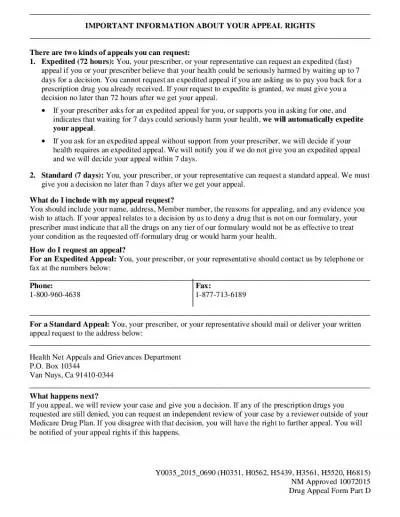PPT-Buffer This There are two common kinds of buffer solutions:
Author : kittie-lecroy | Published Date : 2018-09-21
Solutions made from a weak acid plus a soluble ionic salt of the weak acid Solutions made from a weak base plus a soluble ionic salt of the weak base Solutions made
Presentation Embed Code
Download Presentation
Download Presentation The PPT/PDF document "Buffer This There are two common kinds o..." is the property of its rightful owner. Permission is granted to download and print the materials on this website for personal, non-commercial use only, and to display it on your personal computer provided you do not modify the materials and that you retain all copyright notices contained in the materials. By downloading content from our website, you accept the terms of this agreement.
Buffer This There are two common kinds of buffer solutions:: Transcript
Download Rules Of Document
"Buffer This There are two common kinds of buffer solutions:"The content belongs to its owner. You may download and print it for personal use, without modification, and keep all copyright notices. By downloading, you agree to these terms.
Related Documents














